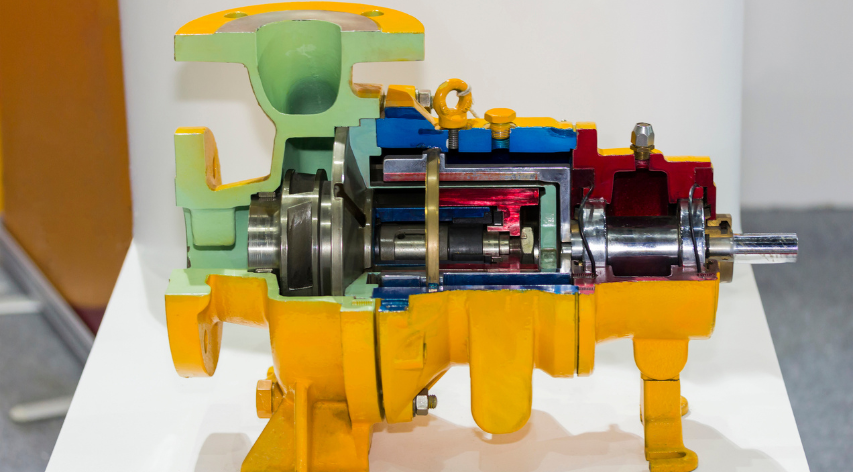Crane Backward Stability
Backward stability for cranes has always been a serious consideration and often misunderstood or overlooked. The tendency is to carefully study the capacity charts to assure frontward stability when planning a lift. It is somewhat counter intuitive to worry about backward stability as all the lifting is being done over the front. In fact, there are almost as many crane accidents that are a result of “loss of backward stability” as there are for all the rest combined.
All mobile cranes are subject to a loss of backward stability but here we will discuss the two most common types of accidents related to this condition.
The first is Large Capacity Rough Terrain Cranes.
As the rated capacity increases with this type of crane so does the counterweight and weight of the boom. However, for transportation purposes, the carriers or lower works have not increased significantly in length or width. While “on rubber” and the upper works is slewed over the side, the distance between the forward and rear tipping fulcrums is very short. It is literally between the tires, measuring from side to side of the carrier. As the boom is raised, the center of gravity of the entire machine moves toward the counterweight. At some point, which varies with each crane, the center of gravity will move past the rear tipping fulcrum (tires) and the crane will topple backwards. Once the tipping begins, it occurs rapidly and at that point there is no way to reverse the condition or prevent the crane from toppling.
The second is Luffing Jibs Mounted on Lattice Booms.
Crane manufacturers have designed the lattice main boom/luffing jib combinations to work at very short radii. This is intended to expand the working range of the boom/jib combination to allow the operator to lift and set loads very close to the crane. There is an inherent problem with this. To achieve the shortest radius, the main boom has to be raised to very high angles. In many cases the main boom can be raised to 88-degrees! The design is dependent on the weight of the luffing jib and main boom backstops to prevent the boom/jib combination from toppling backwards.
Anytime a main boom and jib is raised to these high angles there is a very small margin for error. Example: If a sling breaks and releases the load suddenly, the boom will spring back contacting the boom backstops. More often than not, the backstops are damaged and fail allowing the boom/jib assembly to topple over backwards. Other examples include facing a high wind and traveling the crane up an incline with the main boom at high angles.
We often find the boom backstops do not fail but the force causes buckling of the main boom base section. In this case the boom/jib will either topple or be hung at 90 plus degrees until the hazardous job of temporary bracing can be completed and the assembly can be boomed down.
Additional safety measures should be considered when using this type of attachment. For one, I recommend working the main boom at an 82-degree angle for routine lifts and consider any higher main boom angle to be a critical lift. A critical lift plan should be completed prior to raising the main boom higher than 82-degrees and it should be lowered immediately following the lift. It is important to understand that by lowering the main boom and raising the luffing jib, the capacity will be higher due to the boom and jib being aligned with each other. This increase in capacity is the result of the boom/jib assembly seeing higher compression loads and the tension of the boom suspension seeing lower forces. Always consult the crane capacity chart before attempting any lift.
There are many other safety measures that are inexpensive or no cost at all. I would appreciate feedback from the readers as to other preventive measures that would reduce this risk associated with lattice boom/jib operations. A dialog on the subject would be interesting and would certainly benefit the industry.








I have to agree with you, it also seem that when you get your operators on site they have been running these particular cranes forever when in all actuality most of these heavy RT’s haven’t even been on the market that long. So II would like to think your supervision should pick up on this and proceed forward with that attitude of allowing a seasoned operator to take the time to review these hidden bobby traps that seem to coming around even more so now than in the past.
A crane has least backward stability with?
long boom, low boom angle
short boom,low boom angle
short boom, high boom angle
long boom, high boom angle
can you please let me know the answer
Ryan,
Crane stability in any direction is a function of the distance from the center of gravity to the tipping fulcrum. The shorter that distance the less stable the crane is. To answer your question, the crane has less backward stability when the boom is at the highest angles. The short boom at high angle is the worst condition.
Hope that helps, Joe